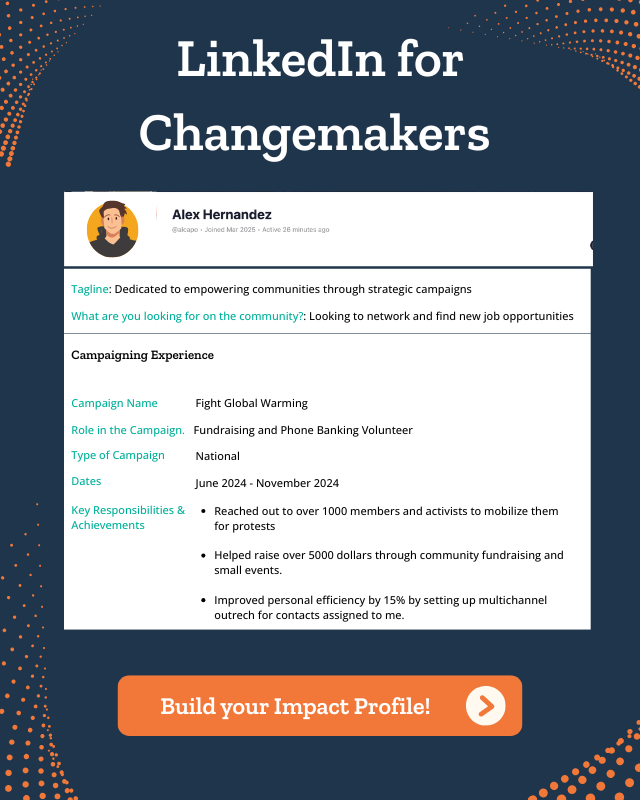-
What Is a Protective Tariff? Definition, Benefits & Examples
What do steel, solar panels, and even paper clips have in common?
They’ve all stood at the center of global trade battles—because of one powerful tool: protective tariffs.
Protective tariffs have long shaped domestic economies and international trade policies. But what exactly are they? And how do they impact industries, consumers, and global markets?
In this guide, you’ll learn:
-
What protective tariffs are
-
How they work
-
Their benefits and drawbacks
-
Real-world examples
-
And answers to the most common questions
Let’s break it down.
What Are Protective Tariffs?
A protective tariff is a tax imposed on imported goods to make them more expensive than similar domestic products. The goal? Encourage consumers to buy local—boosting domestic industries and reducing reliance on foreign competitors.
Example:
Imported cloth costs $4. Domestic cloth costs the same. Add a tariff, and the imported version now costs $6—making the local option more appealing.This is different from a revenue tariff, which is meant to raise money for the government without necessarily protecting local businesses.
Both can coexist, but their goals and tax rates usually differ.
How Protective Tariffs Affect Prices and Industries
Protective tariffs change how buyers and businesses behave by reshaping price dynamics. Here’s how:
The Mechanism in Action:
-
Increase Import Costs – Tariffs raise the price of foreign goods, making them less competitive.
-
Boost Local Demand – Higher import prices push consumers toward homegrown products.
-
Support Government Revenue – Although secondary, tariffs also add funds to national budgets.
Real-world case:
In 2018, the U.S. imposed a 25% tariff on imported steel. The result? A surge in demand for domestic steel, job retention, and an uptick in government revenue.A Brief History of Protective Tariffs
Tariffs have been shaping economies for centuries. Here’s a quick timeline of key moments:
Major Historical Milestones:
-
1789 – Tariff Act: Among America’s first trade tools, protecting local industries from British competition.
-
1930 – Smoot-Hawley Tariff: Raised rates to record levels during the Great Depression. Result? A trade collapse that worsened the global economy.
-
Steel & Solar Tariffs: Modern-day examples aimed at defending key sectors and addressing trade deficits.
These policies evolved from early industrial protection to modern strategic instruments in the global economy.
Benefits of Protective Tariffs
Supporters argue tariffs strengthen national industries and improve economic resilience.
Top Advantages:
-
Protect Local Jobs – Domestic producers stay afloat, keeping workers employed.
-
Grow Key Industries – Tariffs create breathing room for businesses to scale and compete.
-
Encourage Innovation – Less pressure from cheap imports allows R&D investment.
-
Raise Public Revenue – Collected tariffs help fund infrastructure and social programs.
-
Increase Economic Independence – Countries rely less on unstable international supply chains.
Example:
U.S. tariffs on solar panels (2018) revived parts of the domestic solar industry and countered low-cost imports from China.Drawbacks and Criticism of Protective Tariffs
Tariffs may help some industries—but they can harm others and spark global conflict.
Key Downsides:
-
Higher Consumer Prices – Businesses pass on costs to you, the buyer.
-
Trade Wars – Retaliation from other countries can hurt exporters.
-
Inefficiency – Domestic companies may become complacent without competition.
-
Disrupted Supply Chains – Tariffs can upend global sourcing and slow growth.
Example:
The U.S.–China trade war (2018–2020) triggered billions in retaliatory tariffs. Result? Rising prices on electronics, agriculture, and consumer goods for both countries.Real-World Examples of Protective Tariffs in Action
Let’s look at how countries have used protective tariffs to defend key sectors:
Steel (2002 & 2018):
The U.S. slapped tariffs on imported steel to protect domestic mills. While production rose, manufacturers like carmakers complained about higher raw material costs.
Solar Panels (2018):
A 30% tariff aimed to boost local solar production. It succeeded—partly. But it also raised costs for solar installations, possibly slowing renewable energy adoption.
Insight: Protective tariffs often walk a tightrope between short-term gains and long-term consequences.
Recent Developments in U.S. Tariff Policy:
-
April 2, 2025 (“Liberation Day”): President Trump announced a 10% universal import tariff on all goods entering the U.S., with higher rates for specific countries. For instance, imports from China faced a 125% tariff, escalating trade tensions between the two nations.
-
Global Response: In retaliation, China imposed an 84% tariff on U.S. goods, and the European Union introduced €21 billion in retaliatory tariffs targeting U.S. products, particularly affecting states with strong Republican support.
-
Market Impact: These tariff implementations led to significant market volatility. The S&P 500 experienced a 5.6% surge following a 90-day pause on most tariffs, excluding those on China.
FAQs About Protective Tariffs
Q: Who actually pays for tariffs?
A: Technically, importers. But they usually raise prices to cover those costs—meaning you, the consumer, ultimately pay more.
Q: What’s the main purpose of a protective tariff?
A: To make foreign goods more expensive than domestic ones, protecting local industries and jobs.
Q: Can protective tariffs trigger trade wars?
A: Yes. Countries often retaliate with their own tariffs, leading to escalating trade conflicts that hurt global economies.
Q: Are there alternatives to protective tariffs?
A: Absolutely. Governments can offer subsidies, tax breaks, or innovation grants to local industries—without risking international retaliation.
Conclusion: A Tool with Power—and Risk
Protective tariffs are more than a tax—they’re a statement of economic strategy. They can build industries and shield jobs. But if misused, they also spark trade wars, raise consumer prices, and stall innovation.
Bottom line: Every tariff has winners and losers. Knowing how they work helps you understand the forces shaping the products you buy—and the economy you live in.
-
Sorry, there were no replies found.
Log in to reply.
